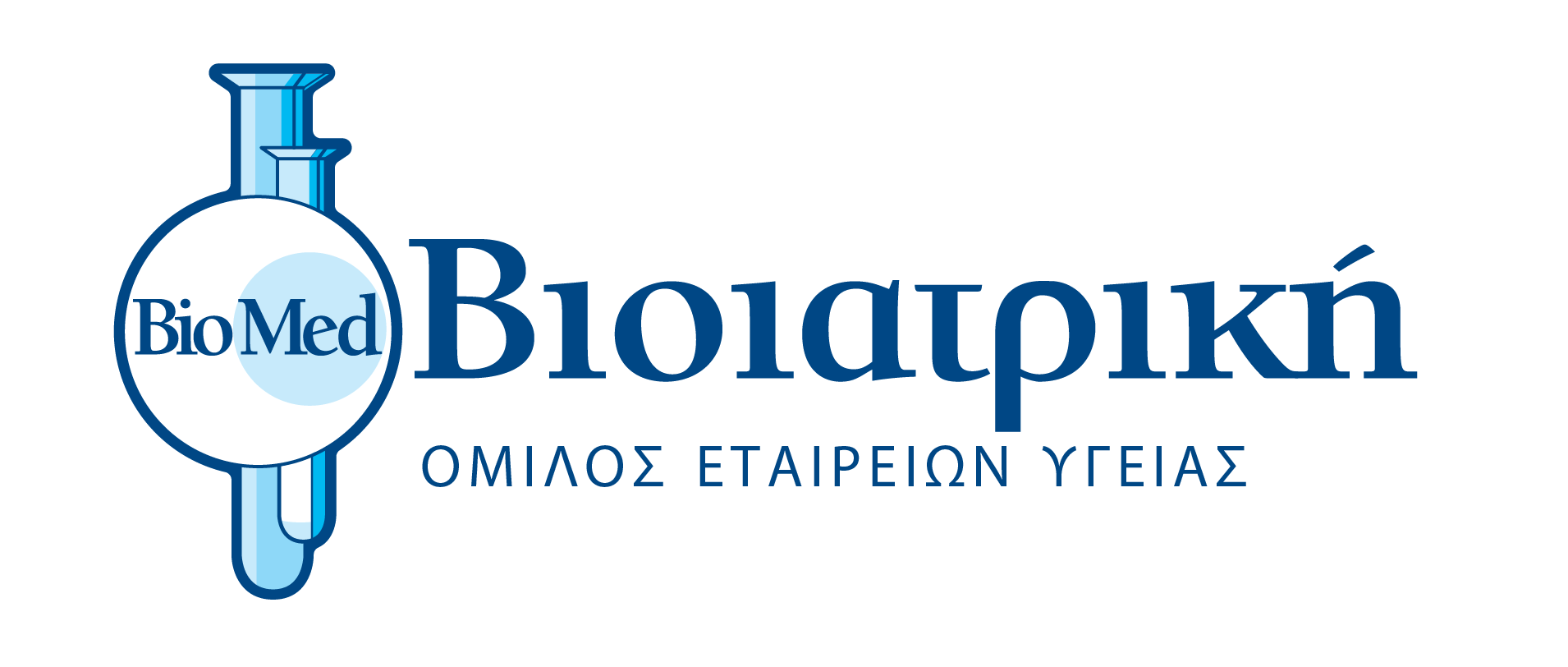Osteoporosis is a disease characterized by a disturbance in the quantity and architectural structure of bone tissue resulting in reduced skeletal strength and increased vulnerability to fractures. The most common and significant osteoporotic fractures occur in the hip (coxa), spine and forearm. The risk for any of these three fractures during lifespan is 39.7% for white women over the age of 50 and 13.1% for white men of the same age. Osteoporosis can be prevented and treated, yet many patients with osteoporosis remain undiagnosed and untreated. It mainly affects post-menopausal women, however, its presence in men is increasingly recognized.
Prior to the onset of fractures, osteoporosis can be diagnosed by non-invasive methods, such as bone density measurement with DEXA (Dual Energy X-ray Absorptiometry). Bioiatriki Healthcare Group possesses state-of-the-art DEXA machines, like the Lunar Prodigy. Prodigy machines have advanced “fan-beam” technology· they are fast, emit very low radiation and provide excellent image quality. They offer spine, hips (each separately and comparative analysis of both), forearm, and generally, whole body measurements.
Whole body examination assesses bone density and provides analysis of body’s composition through by measuring fat, muscle, and bone mass in grams for both the whole body and for individual areas of the body.
Body fat amount is also provided in percentage. These measurements are extremely reproducible, therefore, suitable for medication treatment monitoring, diet and exercise programs, sports activities, and other fitness programs. This diagnostic examination is fast, non-invasive, and exposes the subject to minimal radiation. Furthermore, accurate morphometry of the vertebrae is feasible through the high-definition lateral shots of the spine, and hence, the diagnosis of potential vertebral fractures, thus avoiding further radiation by the more conventional radiological methods. Recent research data and clinical observations suggest that in addition to bone density, bone quality should also be considered.
Bone strength depends on the bone’s mechanical properties and on quantitative and structural parameters, which are directly related to the rate of bone remodeling. Bone markers, which reflect bone production and bone resorption, are used to monitor the rate of bone loss in menopausal women.
These markers vary widely during the early stages of treatment. Proper measurements of bone markers, before and during treatment, allow management of the therapeutic response.
Finally, this diagnostic examination is particularly useful in cases of fractures and degenerative changes of the lumbar spine (osteoarthritis of the spine), where the measurement of bone density of the spine cannot be evaluated.







